CES 2021: Pre-Show Virtual Events Feature Game Cubes, Telepresence Robots, and Disinfecting Alarm Clocks
It’s that time of the year when I normally greet you from “fabulous Las Vegas” with news from the annual CES exhibition. But this year, I’m writing from my undisclosed location in Philadelphia because CES is entirely virtual. That’s a bit ironic for a show where “disruption” is every fourth word out of a marketer’s mouth: seeing that exact thing happen to its fifty-year-old format.
The Consumer Technology Association, which runs the show, is doing its best to dress this change up as merely a variation on business as usual. Still, I have no idea how the virtual show will go, and I don’t know how it will affect my ability to highlight the mix of wonderful, weird, and woeful that I typically see. Having attended the show roughly 20 times, I can scan several hundred booths in an hour, giving each one a brief opportunity to strike me as novel and worth more time. Compare that to the screenshot below, which appears to be the booth experience this year, unless it changes when the doors officially open on 11 January 2021.
Clearly, someone understands that no one will browse nearly 2000 exhibitors this way, so CTA “helpfully” put a randomizer on its home page.
That’s all very nice, but I don’t know what backwards-FE in a blue circle stands for and I shouldn’t have to. I can’t believe CTA didn’t figure this out, but vertical business cards bearing logos don’t replicate the exhibition experience. It could have been better simulated by giving each “booth” space for four thumbnails and text the length of two tweets, and then letting each exhibitor do whatever they pleased with that to get me to click on their card.
Beyond that, so much of the value of CES is being there. Whether it’s getting hands-on with a production model that won’t be released until April, seeing a prototype under glass, or just getting a sense of whether a company has their act together—even if it’s just two guys in a garage—nothing beats being there in person. My media pass to CES gets me access to a bunch of digital material and focuses it under a journalistic microscope—but most of this will be on the Web by the end of the week. Mostly, I’ll be curating and filtering that firehose of data, but I probably won’t see much more about each gadget than you can. The value I can provide as a reviewer won’t really come into play until some of these companies send me samples—which is unlikely in the case of a $45,000 electric SUV.
So I’m in the position of having to come up with a new definition of “eye-catching” to determine what to share with you. In one area that’s not a break with tradition, there were shows before the official launch of the conference where I saw a few things that covered the spectrum from infrared to ultraviolet—literally.
OWC Docks and Drives
Other World Computing traditionally provides a suite at the Venetian that is an oasis of calm at CES, and the company has a reliable track record of solid products worth covering. A refreshed Thunderbolt Dock supporting the M1-based Macs’ Thunderbolt 4 is shipping this month, with the key improvement over last year’s Thunderbolt 3 dock being that Thunderbolt 4 supports hubbing one incoming and three outgoing Thunderbolt 4 ports (Thunderbolt 3 only allows for one port in, one port out). As usual, the Thunderbolt 4 ports double as USB-C. They are joined by gigabit Ethernet and three USB-A ports on the back, while the front sports one of the four Thunderbolt 4 ports, a 3.5 mm audio jack, a USB-A jack at USB 2.0 speeds (presumably for keyboards or charging), and an SD card slot. It sells for $249, a $50 reduction from the release price of last year’s Thunderbolt 3 dock. OWC has also refreshed its USB-C Travel Dock: the new USB-C Travel Dock E has added gigabit Ethernet to last year’s collection of one USB-C port, two USB-A ports, an SD card slot, and HDMI supporting 4K resolution. It’s available in February for $64.99. I think it’s attractive, and last year’s model was sturdy, but you can find docks with more features at this price point.
OWC’s new U2 Shuttle is a storage device designed to be slotted into a RAID or other multiple-drive bay, but the U2 Shuttle itself is also a multi-drive mechanism containing up to four NVMe M.2 SSDs. Users can address each SSD individually or use a RAID utility such as OWC’s SoftRAID (not included) to combine them into one logical device with a theoretical top speed of 64 GB/sec. Available now, a bare U2 Shuttle where you provide your own drives costs $149; U2 Shuttles with OWC storage start at $339 for 1 TB and $449 for 2 TB, up to $5299 for 32 TB.
1MORE ComfoBuds Pro Earbuds
1MORE reliably shows up at CES with an intriguing but sometimes bewildering line of audio products, many of which aim for the sweet spot of “pretty darned good for a mid-tier price.” For example, I have a review unit of last year’s Stylish earbuds ($79), and they’re the cheapest earbuds I’ve seen that can use either bud for master audio, allowing one to be used while the other charges in the case. But the sound quality and mic, while mostly decent, pale compared to other earbuds, and this year 1MORE is setting higher sights, squarely targeting AirPods. Its ComfoBuds look like AirPods with a rubber tip added, and the spec sheet makes them sound competitive: add IPX5 waterproofing, subtract an hour of playtime (4 hours vs. AirPods’ 5 hours), then wrap it up in a $59.99 price tag, on sale for $49.99 at the moment. The ComfoBuds Pro add “environmental noise cancellation (ENC)” and raise the price to $99.99. I wish I knew the difference between ENC and ANC. As I said, bewildering, partially because the materials I have don’t clarify between the ComfoBuds product line and the specific ComfoBuds product. I hope to have more detail when I can try a review model. ComfoBuds are available now, with ComfoBuds Pro coming in February.
Flic 2 Smart Button
The Flic 2 is a programmable button you can stick to things. That’s all. This struck me as silly until I realized how often I use my Philips Hue remote to turn on my lights. Flic 2 ties into Apple’s HomeKit (and a dozen other smart ecosystems such as IFTTT) to provide tactile access to any command, which might otherwise require 30 seconds of fiddling with your phone or remembering Siri’s magic word combinations. Buttons can be programmed with different results for press, double-press, and long-press.
Flic retailing is confusing. In US retail stores that the company is still lining up, a starter kit including the required hub, four buttons, and nine stickers with various icons for labeling the buttons is $159.99; additional buttons come in two-packs for $49.99. On Flic’s website, the starter kit has only three buttons for the same price, but there’s also a Pro Kit (six buttons, $219.99) and a Mega Kit (15 buttons, $399.99). Accessories include a $19.99 infrared beamer that enables a Flic 2 button to control any device that uses an IR remote control, a $3.99 metal clip to attach a Flic 2 to clothes or straps, and an additional 40-icon sticker pack for $4.99. It’s all available now online.
iHome PowerUVC Disinfectant Clock
iHome has a knack for coming up with designs that look reminiscent of Apple, so it’s not too surprising that its PowerUVC Pro alarm clock resembles the love child of an LED watch and a Mac mini. With the top closed, it functions as a standard bedside alarm clock. Flip the top lid open, and there’s a compartment that will sterilize your phone, keychain, and other handheld devices in 3 minutes using UV light. Use the built-in buzzer as an alarm or make the clock into a Bluetooth speaker; you can keep your phone charged with the two included USB charging ports. A quick search suggests that, although there are potentially infectious bacteria on mobile phones, the level is similar to frequently touched surfaces in domestic and public environments. The concern is higher for healthcare workers, whose phones carry a more worrying collection of pathogens. I’m not aware of the clinical value of disinfecting a phone, but I’m guessing it couldn’t hurt—but whether that’s worth $99–$129 (depending upon retailer) is a judgment call. Available now.
Pictar Stay Home Kits
Pictar sells a range of products designed to augment your phone’s camera; for example, its Pro Grip gives an iPhone the heft and physical feel of a camera body. Its new products for 2021 are an uninteresting line of selfie sticks, but I was rather impressed by its marketing of “Stay Home Kits,” each of which bundles a selection of products for a particular use. For example, its Family Zoom Kit includes a wide lens, light, and phone tripod for $109.99 ($15 cheaper than a la carte), while the Home Studio Pro Kit adds the Pro Grip to that bundle and costs $234.99 ($40 cheaper). I’ve been in innumerable Zoom calls where people were crowding around a laptop; had I known about the Family Zoom Kit a few weeks ago, I might have put one under a tree or two.
Ohmni Telepresence Robot
Robots have been ubiquitous at CES for a long time, so much so that it’s one reason the show is a comedic target. So there’s nothing new about a robot that’s basically an iPad on a high-tech stick—but I suspect many people have newfound uses for a Zoom-enabled tablet that they could navigate around a family member’s home that weren’t obvious a year ago. The $2699 Ohmni telepresence robot has an adjustable height that maxes out at 5 feet and a tilting neck that simulates head movements, and it includes dual cameras and a long-range mic and speaker. The company claims “quiet and smooth motion on any surface” (which I doubt applies to, for instance, beaches)—see the video. After the 5–6 hour battery runs out, there’s an autodocking system that starts the Ohmni recharging without anyone there having to fiddle with it. This model is the twelfth generation Ohmni has made, but it’s not new for 2021; if I see newer competitive gadgets that top it, I’ll write them up too. There’s a three-week lead time for delivery because each one is built to order based on customer preferences for various options.
WOWCube Gaming Device
WOWCube is a game that looks like it was dropped from the future. It’s a 2-by-2 Rubik’s Cube where each of the 24 squares is an independent screen, and each of the 8 smaller cubes that combine into a WOWCube is an independent module. Games on the WOWCube are three-dimensional; there may be things going on on all six surfaces. As with a Rubik’s Cube, you play games by twisting the sides or sometimes giving the whole thing a shake. A prolonged shake, similar to an Etch-a-Sketch, takes you back to the home screen where you can select a new game—again, watch the video. The WOWCube connects via your phone to the Internet, where the company plans to make available an ecosystem of game updates and new games. CubiOs says it will announce pricing and availability this week during CES.
Atari VCS Console and Ecosystem
Atari is back, and it immediately captured my middle-aged heart by demoing the new Atari VCS, which looks like an Atari 2600 that’s been baked in an oven with Shrinky Dink results. As you might expect, the Atari VCS ships with the Atari VCS Vault, a collection of 100 games that ran on the 1970s console, but it can also run modern games that you can purchase and download through an online store. The standard bundle includes an old-school joystick jazzed up with LED lights and a rumbler, along with a more modern controller. The Atari VCS Vault, store, and other apps like Chrome are all available in an ecosystem interface available on boot, similar to what Microsoft and Sony provide on their Xbox and PlayStation consoles. Atari also stole an idea from ColecoVision, enabling the Atari VCS to boot into Windows or Linux. As much as I want Atari to succeed for nostalgic reasons, I have trouble seeing this $389 product competing against the juggernauts of the Xbox Series S ($299) and PlayStation PS5 Digital Edition ($399, if you can find one). It strikes me as a product that will require oodles of venture capital and a loss-leader strategy to acquire sufficient market share to make developers take notice.
CES 2021 Gadget Survey #1
As always, the gadgets and gizmos at CES vary wildly in price and availability. But let’s have some fun. Assume price is no object. Would you actually use the products described above in everyday life? Register your vote in our quick survey. We’ll do this for each of our CES 2021 articles, and at the end, we’ll see which of the devices we’ve covered are most interesting to TidBITS readers.


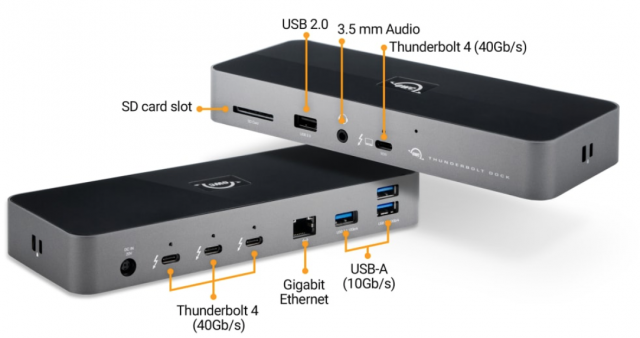
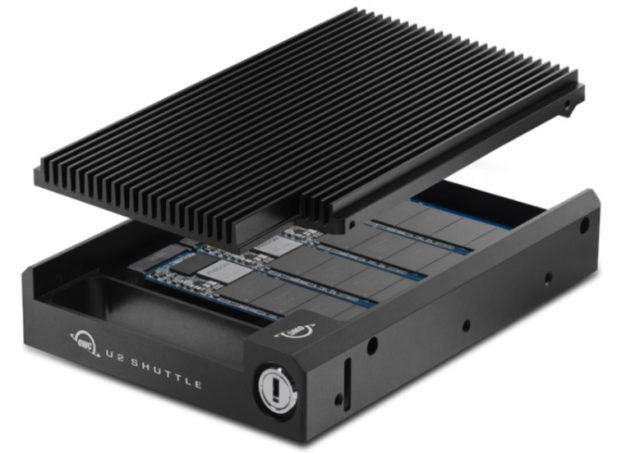


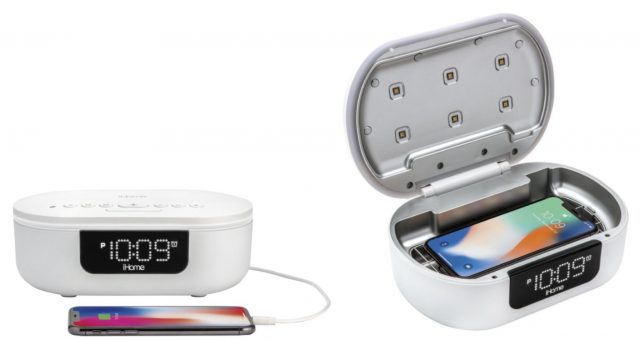
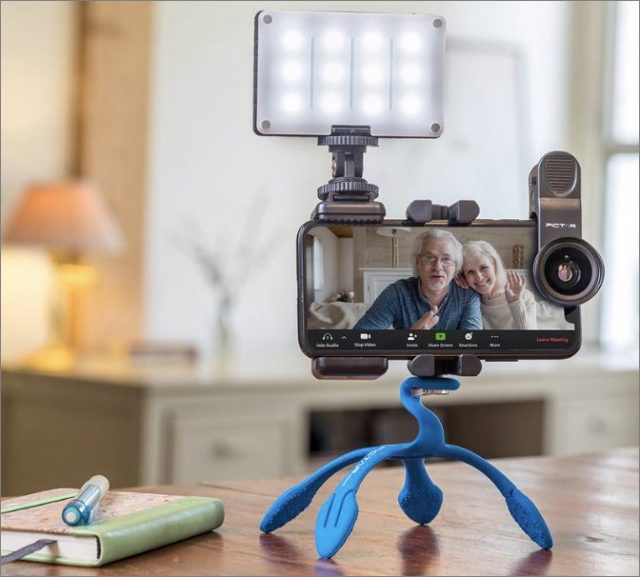
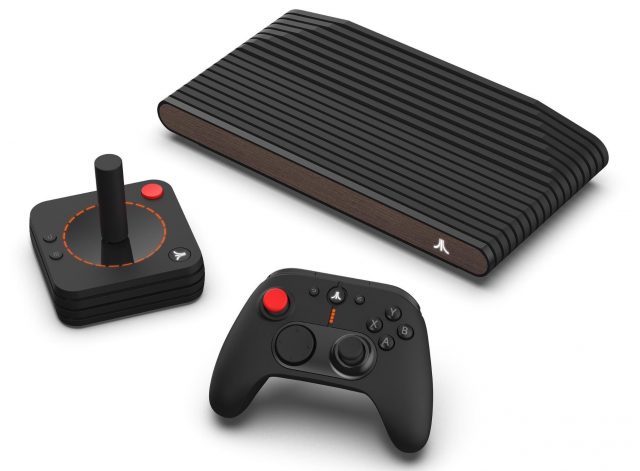
Perhaps unsurprisingly, the Ohmni telepresence robot is at the back of the pack in the voting so far, with the OWC Thunderbolt Dock at the head.
The numbers are in, with 700 people responding! The moral of the story seems to be that the Atari VCS triggers some strong emotions, and most people would be very happy to have anything from OWC. Pretty much everything else drew similar responses with not many Yes votes, a fair number of Maybe votes, and quite a few No votes.